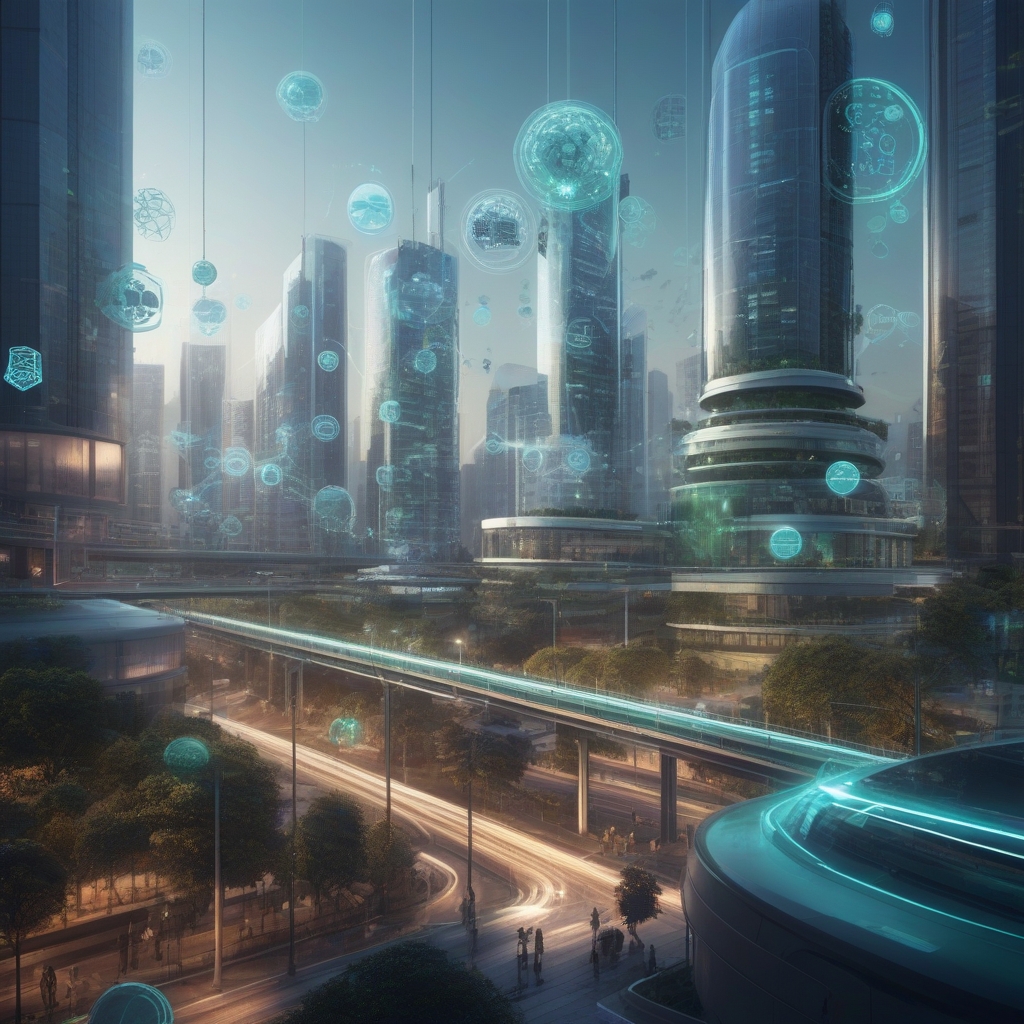**OpenAI’s Swarm Framework: Sparking Automation Debate**
The Introduction of OpenAI’s Swarm Framework
OpenAI recently unveiled its experimental Swarm Framework, causing a widespread stir across tech communities. This pioneering initiative seeks to redefine AI-driven automation by employing a collective network of AI units that function in harmony, much like a swarm of bees, to optimize processes and enhance efficiency on an unprecedented scale. The launch has not only been a leap towards advanced automation but has also ignited a debate about the implications of such technology on society, labor markets, and governance.
The Mechanics of the Swarm Framework
At the heart of the Swarm Framework is a sophisticated system of interconnected AI units, designed to work collaboratively. These units, depicted as autonomous agents, engage in learning, adaptation, and execution in real-time. This innovative framework leverages:
- **Cooperative Task Management:** AI agents communicate and divide tasks amongst themselves, ensuring seamless workflow and task optimization.
- **Distributed Intelligence Processing:** Each unit shares computation tasks, reducing latency and enhancing processing power via parallelism.
- **Dynamic Responsiveness:** The framework boldly promises instantaneous adaptability to changes in external conditions, thanks to real-time learning capabilities.
- **Scalability:** Easily adaptable across different scales of operation, from individual household bots to large industrial networks.
By mimicking natural patterns of swarm behavior, this framework opens doors to a more integrated, responsive, and efficient AI system that stands to revolutionize the future of automation.
The Vision of a Harmonious AI-Driven Future
OpenAI’s Swarm Framework paints an optimistic picture of a future where AI not only enhances productivity but also promotes sustainability and coexistence with nature. Imagine a futuristic city where swarms of AI quietly perform tasks like optimizing traffic flow, maintaining public facilities, and managing waste effectively, all while being integrated into a lush, green urban environment. The harmonious blend of technology and nature is no longer a distant dream but a tangible vision powered by this new AI paradigm.
The Pros and Cons of AI-Driven Automation
The benefits of the Swarm Framework are extensive, yet they come with their set of challenges and ethical considerations. Here’s a look at both sides of the coin:
Advantages of the Swarm Framework
- **Enhanced Efficiency and Productivity:** Automation at this scale can lead to significant productivity boosts in various sectors, minimizing human error and maximizing output.
- **Innovative Problem Solving:** By allowing AI to converge on complex problems as a collective, innovative solutions that humans might overlook can emerge.
- **Environmental Impact:** Swarm automation can aid in eco-friendly urban planning and resource management, promoting sustainability.
- **Workforce Transformation:** AI can take over repetitive tasks, allowing humans to focus on more creative and meaningful work.
Potential Drawbacks and Concerns
- **Job Displacement Risks:** The more automation advances, the greater the risk of job displacement in traditional sectors, sparking concerns regarding employment stability.
- **Ethical Considerations:** Decisions made by autonomous systems need to be transparent, fair, and accountable to prevent biases and errors.
- **Security Vulnerabilities:** As with any networked system, swarms can be potentially vulnerable to cyber threats if not properly secured.
- **Environmental Costs:** The energy requirements for maintaining vast networks of AI could negate some of the environmental benefits unless mitigated with renewable resources.
The Debate: Automation and Society
The introduction of the Swarm Framework has intensified the ongoing debate about the broader impact of automation on society. Proponents argue that AI-driven automation can lead to unprecedented innovation and societal advancement. Improved efficiency in industries ranging from healthcare to manufacturing could greatly enhance quality of life and economic growth.
Opponents, however, warn of the societal challenges posed by widespread automation. They emphasize the need for regulatory frameworks to govern ethical AI deployment, protect workers’ rights, and ensure equitable wealth distribution. The societal transition towards AI reliance necessitates a calculated approach that considers all stakeholders.
Balancing Automation and Human Involvement
The key to harnessing the full potential of the Swarm Framework lies in striking a balance between automation and human involvement. As the technology evolves, collaboration between humans and AI agents could cultivate a future where each enhances the other’s capabilities. Emphasis on education and the upskilling of the workforce will be crucial in preparing society for this transformation.
Conclusion: A Future Shaped by Collaboration
As OpenAI’s Swarm Framework sets the stage for groundbreaking advancements in automation, it simultaneously raises critical questions about the future of work and society. Navigating these changes responsibly involves understanding and addressing both the potential benefits and downsides of AI integration.
With the right strategies and regulatory frameworks in place, the Swarm Framework could very well lead us into a future where technology and humanity thrive side by side, creating a world that is both innovative and sustainable. As we stand at the precipice of this new era, it is both an exciting and a daunting time, filled with opportunities and challenges that will shape the next chapter of the human story.

Leave a Reply